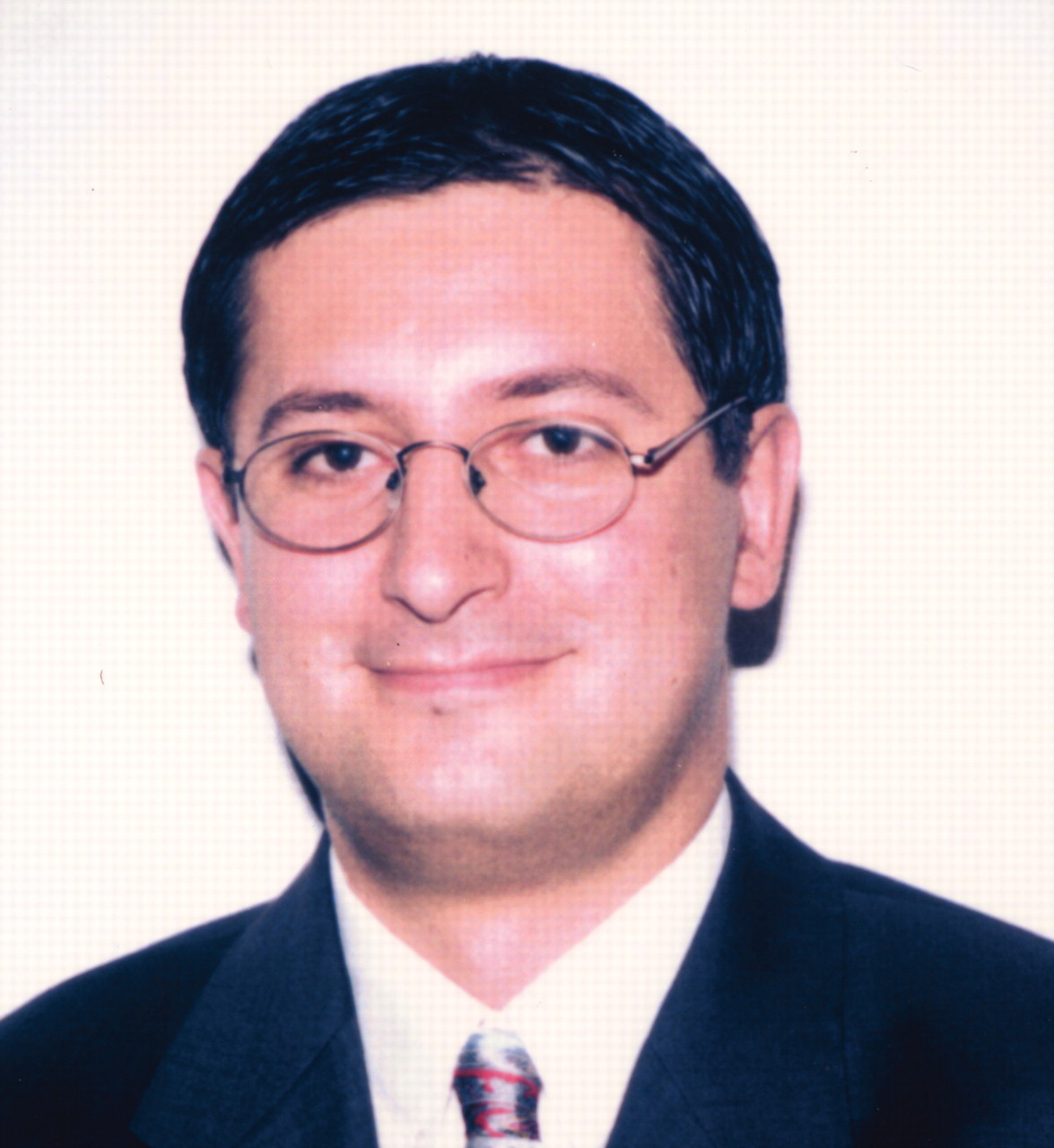This column is mostly addressed to residents at the beginning of their training.
Recently I was part of the organizing committee of the Spring Symposium of the New York Academy of Medicine, titled “The Therapist as a Real Person: Uses of Self in Psychotherapy.” It was cosponsored by the Residents’ Committee of the New York County District Branch. We had a wonderful panel of speakers: Ian Alger, M.D., Theodore Jacobs, M.D., and Theodore Shapiro, M.D., who are all professors of psychiatry at prestigious institutions in New York. It was stimulating to listen to the speakers talk about such issues as how reality interferes with the work of the psychiatrist and how this problem can be addressed.
Dr. Jacobs made a very interesting point in saying that patients always push to the limit and test how real the relationship with the psychiatrist is. Moreover, Dr. Jacobs said that what makes transference work is exactly the “genuineness” of the psychiatrist. It is that genuineness that mainly causes patients to improve, almost regardless of the technique employed.
It can be very difficult sometimes to maintain a balance between genuineness and the therapeutic frame. I believe that what complicates the balancing act the most is what the therapist unconsciously brings to psychotherapy sessions. Value systems, repressed prejudices, and pre-learned patterns of associations, among other factors, play a role in each session.
To what extent these factors are in the therapist’s awareness remains an open question. It’s easy to talk about concrete matters; it gets harder when feelings have to be listened to and used as tools of monitoring the work in a session. How much of your feelings in the session is generated by the patient and how much by you, the psychiatrist?
What I found helped me understand and participate more effectively in the psychotherapeutic process was undergoing a personal psychotherapy myself. You cannot fully describe a beautiful sunrise before you’ve seen one yourself; you need to know the feeling of watching one before you can even attempt to convince someone of its beauty and power. Similarly, I believe that you cannot talk with patients about becoming aware of powerful feelings before you’ve been through that experience yourself.
The symposium raised a great many questions for trainees: Do you know how “real” you are in sessions? When you get bored, is it because of you or because of the patient? What about when you get frustrated? Or become interested in a topic that the patient brings up? Whether you are doing psychotherapy or psychopharmacology with patients, these issues arise all the time.
Dr. Alger presented a videotape of simulated family therapy with trained professionals that elicited a lengthy discussion with the audience. Dr. Shapiro touched upon the interference of the reality in the therapeutic space from the perspective of a child psychiatrist. In working with children, the therapeutic frame becomes even more blurred. Playing with children, for instance, is part of the work. Why do we play with child patients? Is it to see who is better at what game? Or is it because it’s one of the best approaches we can use with children, partly because it’s difficult to have a complex conversation with a child and partly because they lack adequate language for doing so? Play is a tool that we can use to establish an alliance with children and to foster transference in the therapy. How far should we go in the play? Children, like all other patients, want to know how real you are and will look for the “real you”; they will challenge you and push the envelope many times.
I believe to be effective with patients, you need to turn inward, to look at the “real you.” Since you can’t get rid of “you,” perhaps you can make use of it. It is actually our best tool, and all that is needed is some calibration: You want to know your weak points and distorted assumptions, such as those caused by cultural bias, as well as your strengths. I believe that going into personal psychotherapy is the best way to address these issues. Of course, supervision sessions or such meetings as our Spring Symposium are helpful, but nothing compares with the positive impact that personal psychotherapy has on the overall quality of a resident’s work in psychiatry. ▪

